
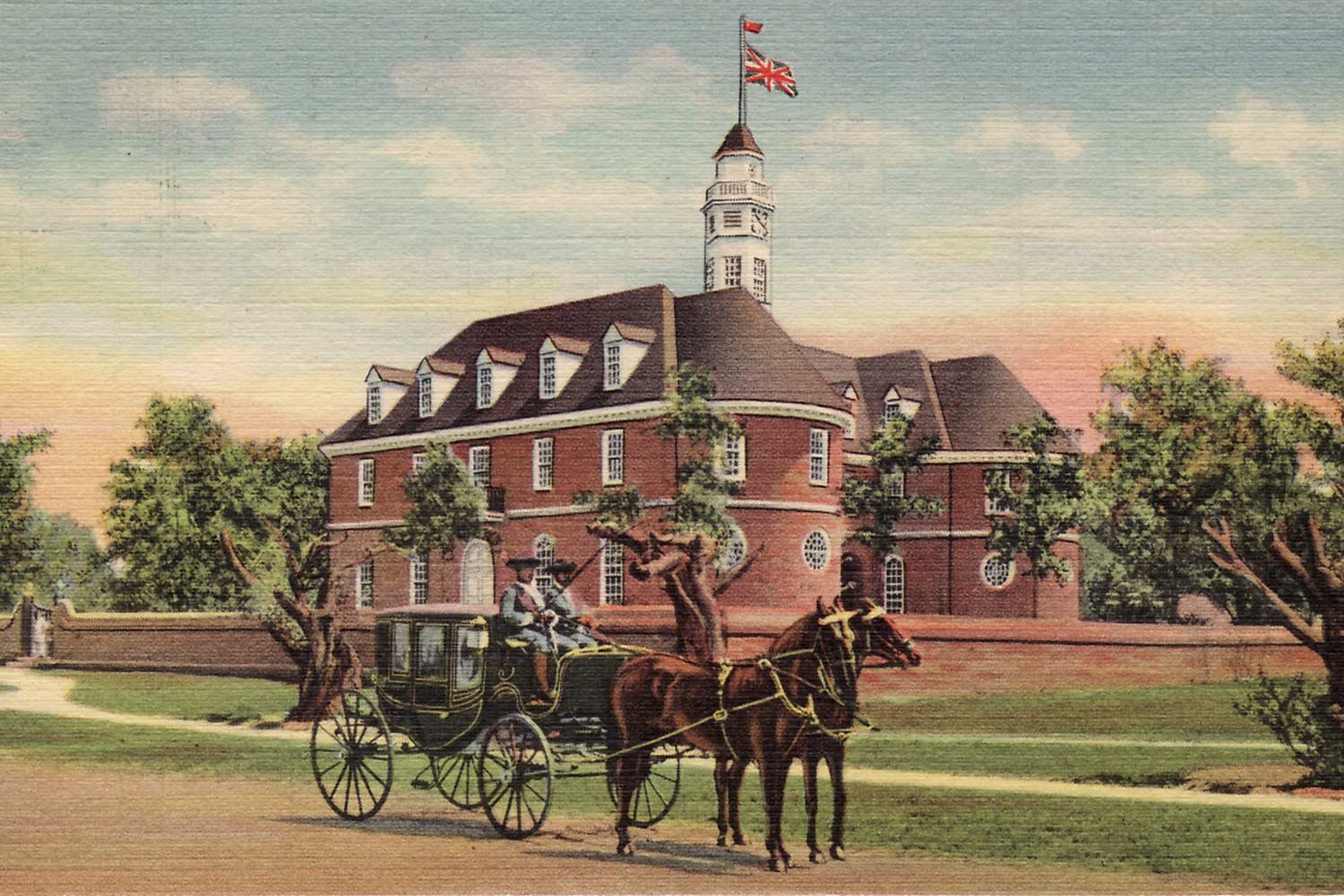
Thomas Jefferson, the Virginia Barrister
In 1765, Parliament passed the Stamp Act, the first internal tax on the American colonies, and thus began a decade of missteps by the British. Their miscalculations would take their country and their colonists on a direct path to Lexington Green and Concord Bridge on April 19, 1775. During this same year, Thomas Jefferson was concluding his time studying law under George Wythe and began to turn his eye towards the world at large and, more specifically, politics in the Colony of Virginia.
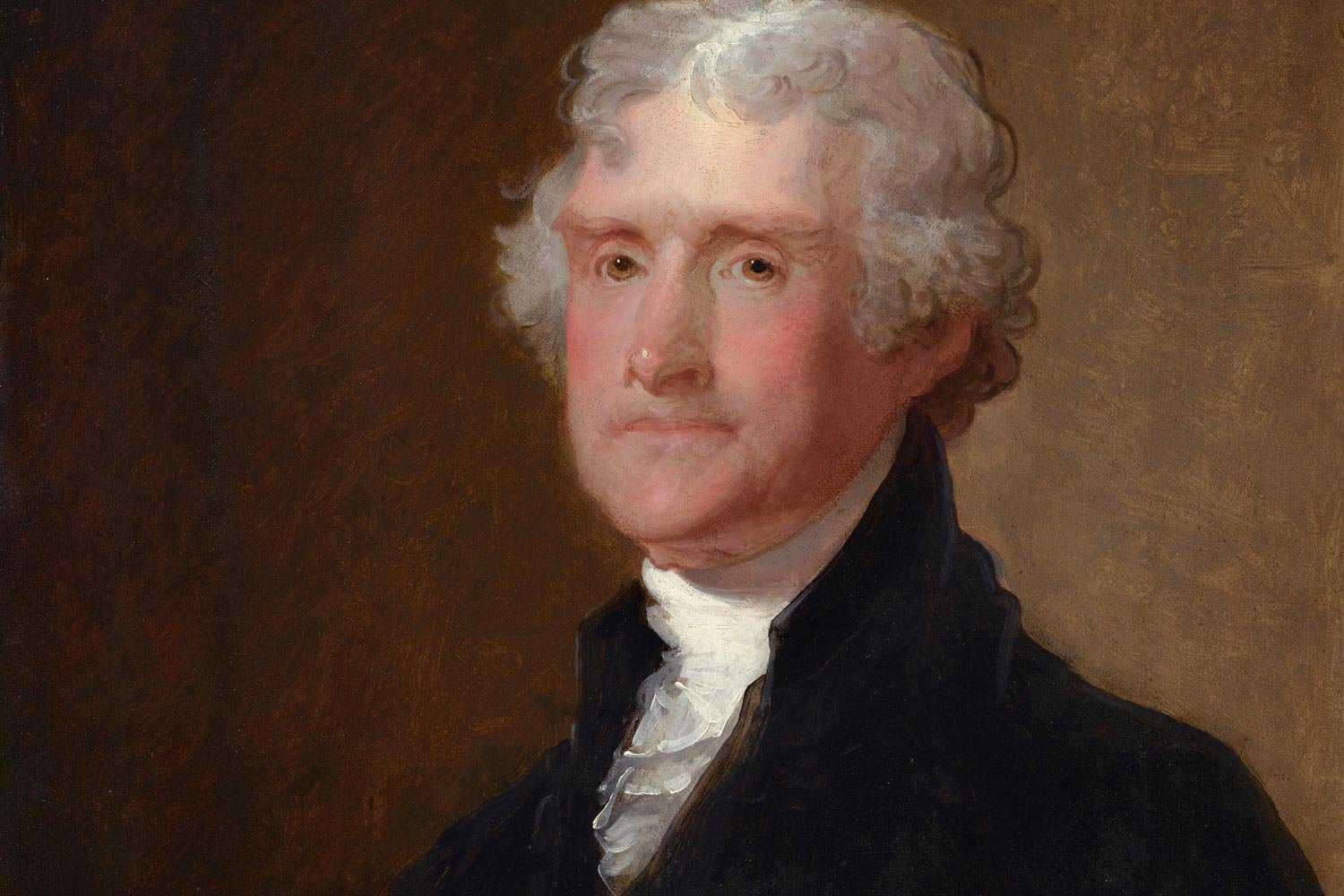
The Early Life of Thomas Jefferson
Thomas Jefferson is one of America’s most iconic Founding Fathers. Best known for his inspirational words in the Declaration of Independence, Jefferson was a brilliant man with diverse interests who spent the bulk of his life in service to his country and his later years in retirement at his beloved mountain home of Monticello, near Charlottesville, Virginia.
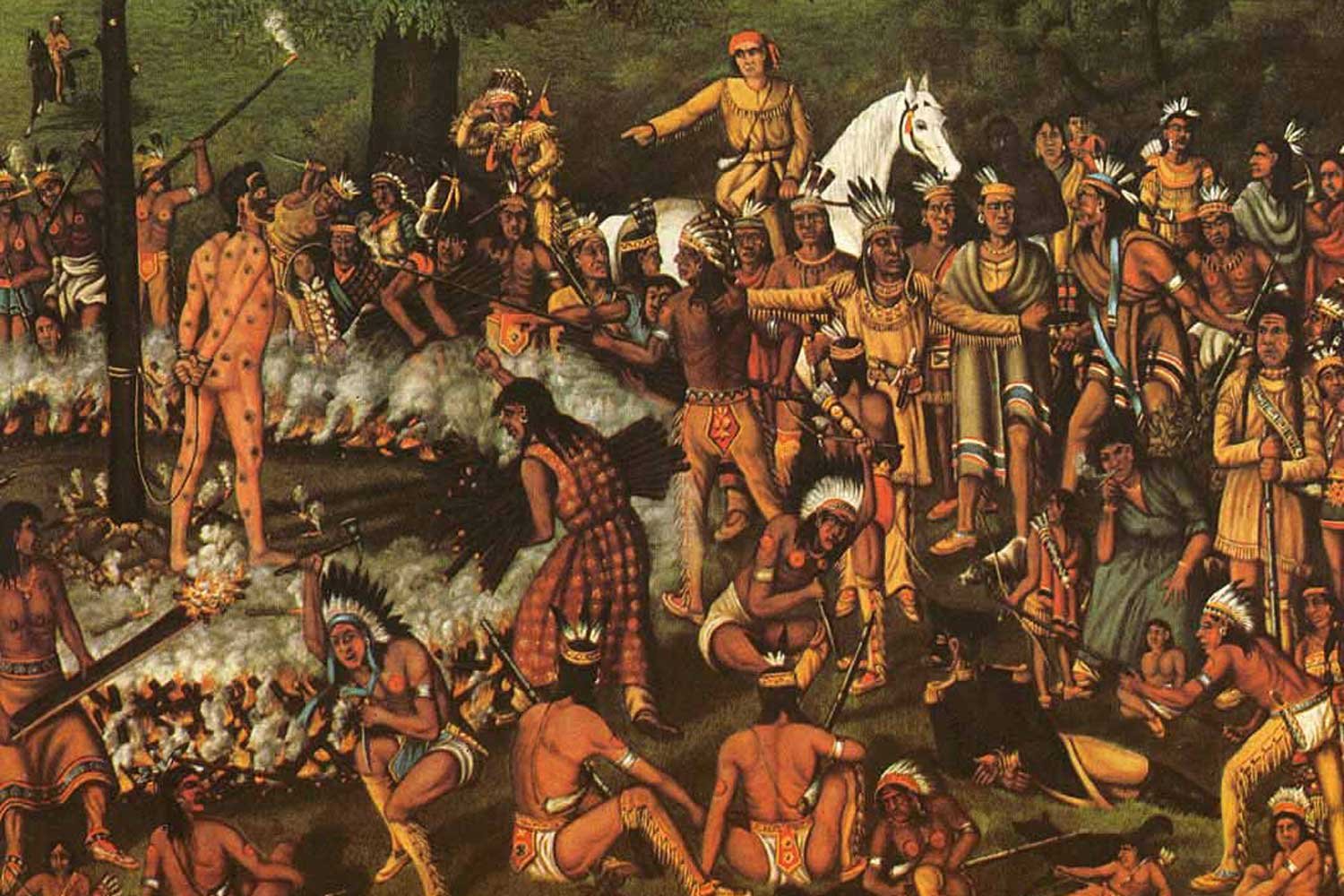
Brutal Warfare Continues on the Frontier in 1782
Although Lord Charles Cornwallis surrendered to General George Washington at Yorktown in October 1781 and peace talks began in Europe soon thereafter, the brutal warfare in the Ohio Country and Kentucky continued unabated. Little did talks taking place in comfortable parlors thousands of miles away affect the Indians and Kentuckians, they were dealing with a daily dose of life and death affairs on the frontier.

George Rogers Clark Leads Invasion of Illinois Country
As the American Revolution continued in the east, the British removed all regular troops from their western outposts to assist in the more active theater. Naturally, that exposed a weakness in their defense, one that the intrepid George Rogers Clark would soon exploit with an invasion of the southwestern region of the Province of Quebec. The results of this conquest would be felt several years later when this land captured by Clark was granted to the United States by the Treaty of Paris.

The Battle of Point Pleasant
Colonel Andrew Lewis and his 800 Virigina militiamen began setting up camp at Point Pleasant upon their arrival on October 6, 1774. Lewis selected this high ground where the Great Kanawha River empties into the Ohio because it provided “a most agreeable prospect” for an encampment. From this spot, where the Ohio River was 700-yards wide, Lewis felt he could observe any Indian activity and not be caught unawares.
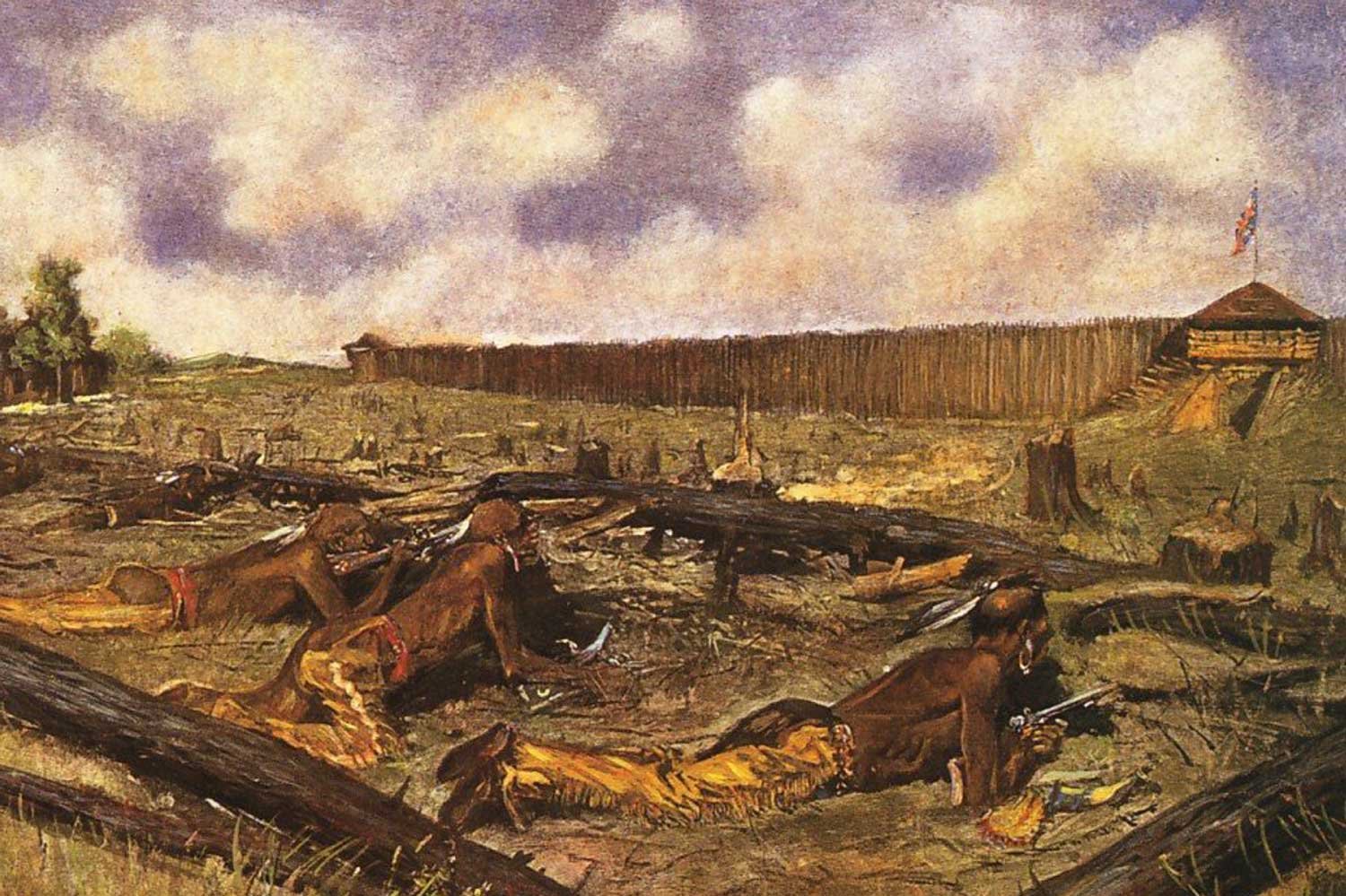
The Siege of Fort Detroit
All was set in May 1763 for an Indian uprising whose geographic extent and duration would surpass anything before or after in North America. The initial targets of Pontiac, the Indian mastermind behind the scheme, were nine British outposts, starting with Fort Detroit, the centerpiece of the region. Not coincidentally, this was the fort adjacent to Pontiac’s Ottawa village, with Potawatomi and Wyandot villages just across the Detroit River.
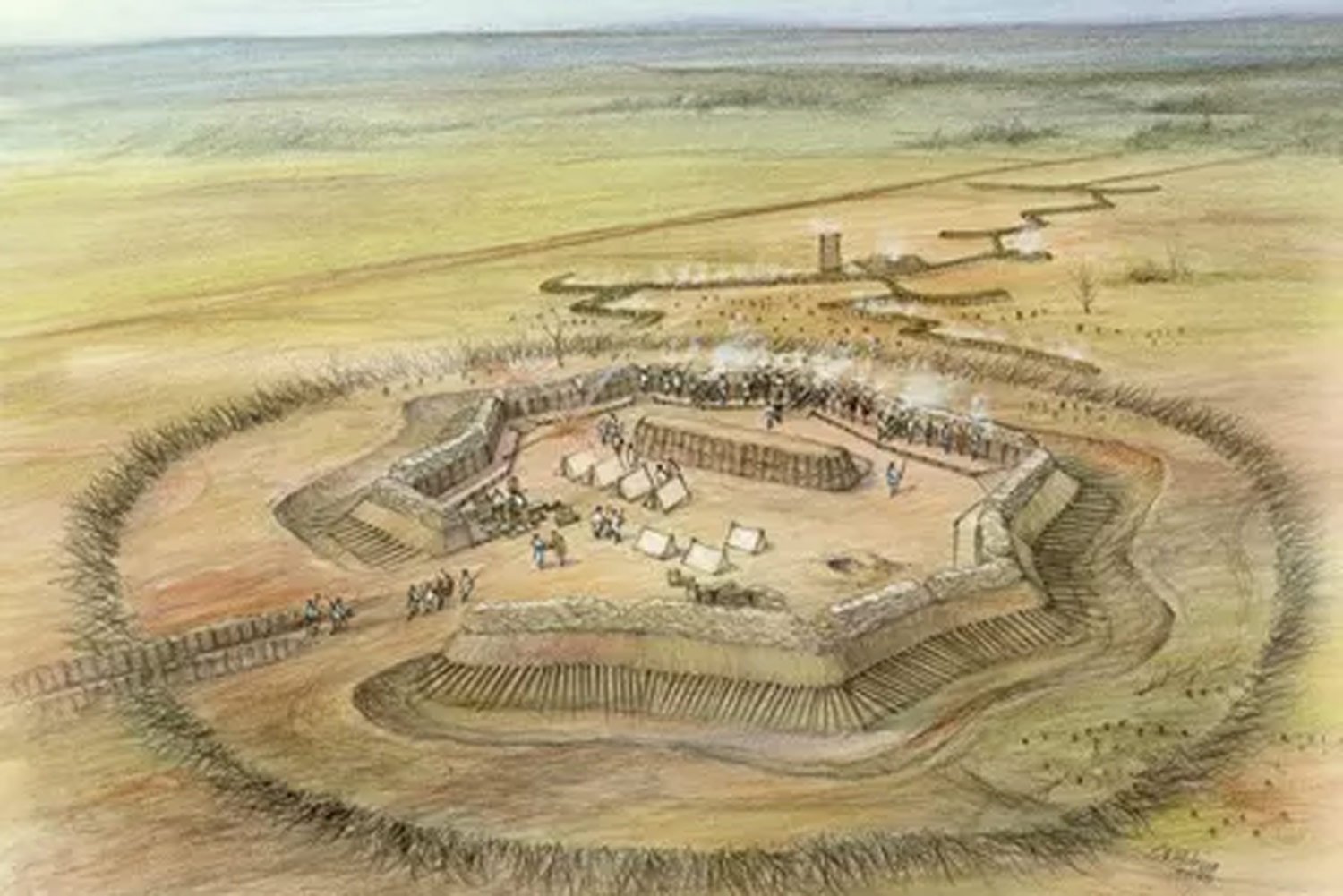
The Siege of Ninety Six
In the spring of 1781, American forces under General Nathanael Greene rolled up the British garrisons in the interior of the Carolinas one by one. The last British holdout was the fortified town of Ninety Six, in the foothills of western South Carolina. Greene arrived on the scene with 1,000 men and commenced the siege of Ninety Six on May 22.

Death and Destruction at the Battle of Oriskany
The Battle of Oriskany on August 6, 1777, ended as suddenly and unexpectedly as it began. Shortly after 3 p.m., the Mohawks, Senecas, and Loyalists ceased fire on the Tryon County militiamen and headed back to their camp outside Fort Stanwix, about six miles away. The death and destruction left in their wake was frightening to behold.
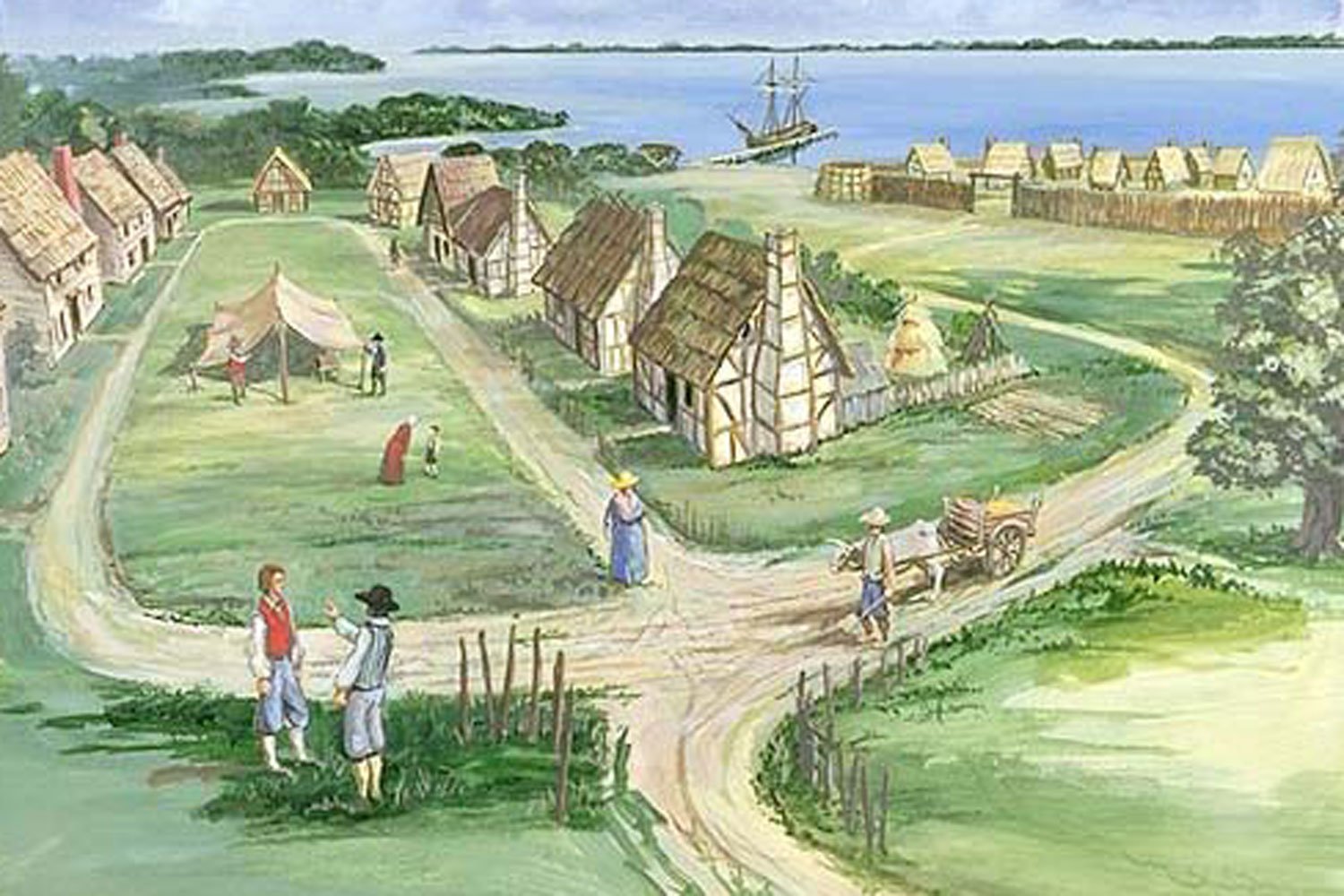
How Colonial America Was Governed
When the English began to settle North America in the 1600's, the leaders of the various colonies had different motives. While all colonies exercised their authority in the King’s name, they were not created in the same mold, and some had more autonomy than others. In fact, there were three different types of colonies: royal, self-governing, and proprietary.

Loyalists, King George and the American Revolution
The American Revolution was not viewed the same by all Americans. Roughly one in four Americans, those we call Loyalists or Tories, did not want to separate from England. They represented a significant portion of the American population, and many of them were prominent citizens. Importantly, they had worked as hard to create America and believed as much in the righteous of their cause as any Patriot.
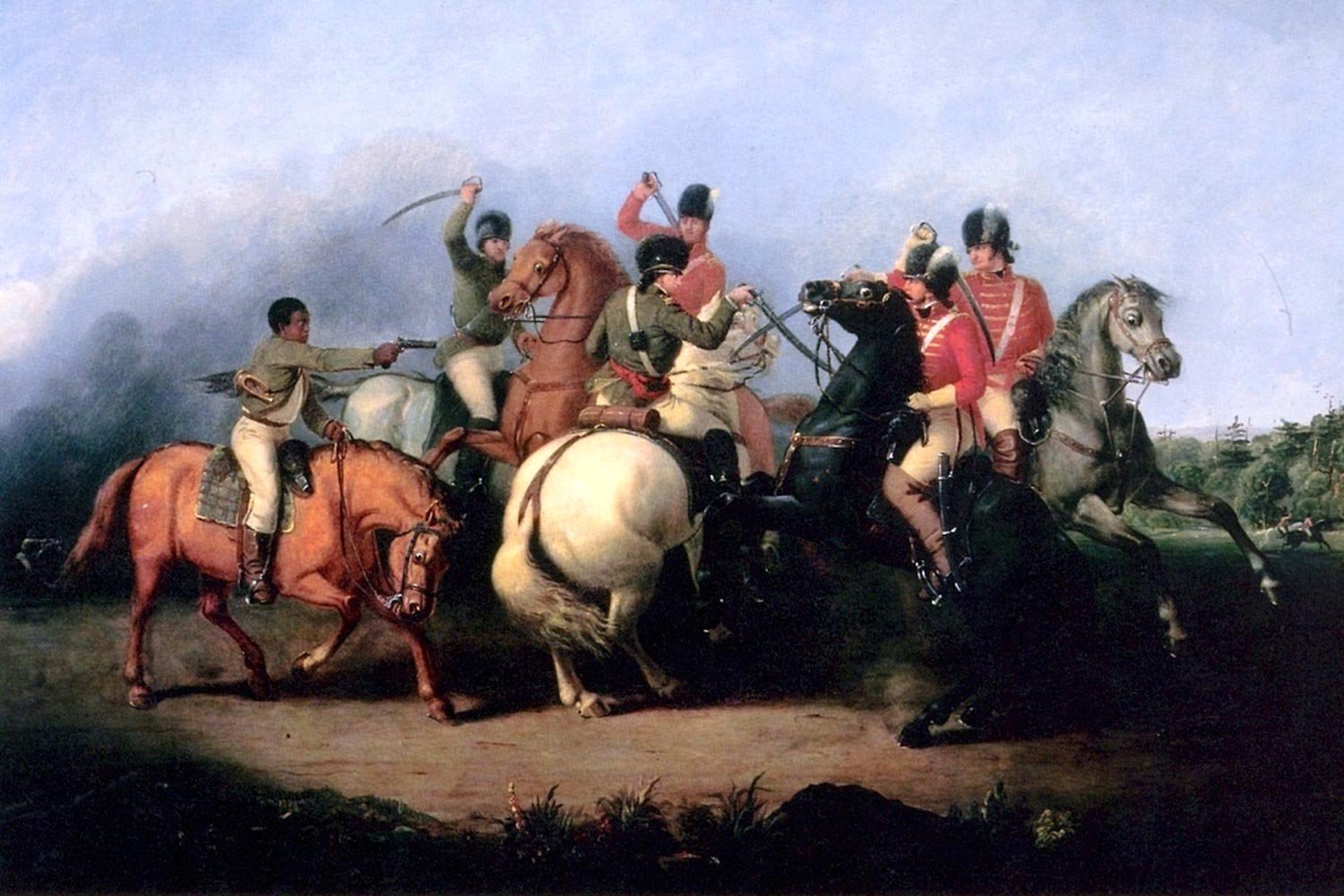
Patriots, Loyalists and America’s First Civil War
With the Battles of Lexington and Concord in 1775, the actual fighting of the American Revolution was underway. As it turned out, this open warfare was not reserved just for the new Continental Army formed around Boston and the British Army trapped in the city. It soon spilled over into a fight between neighbors.
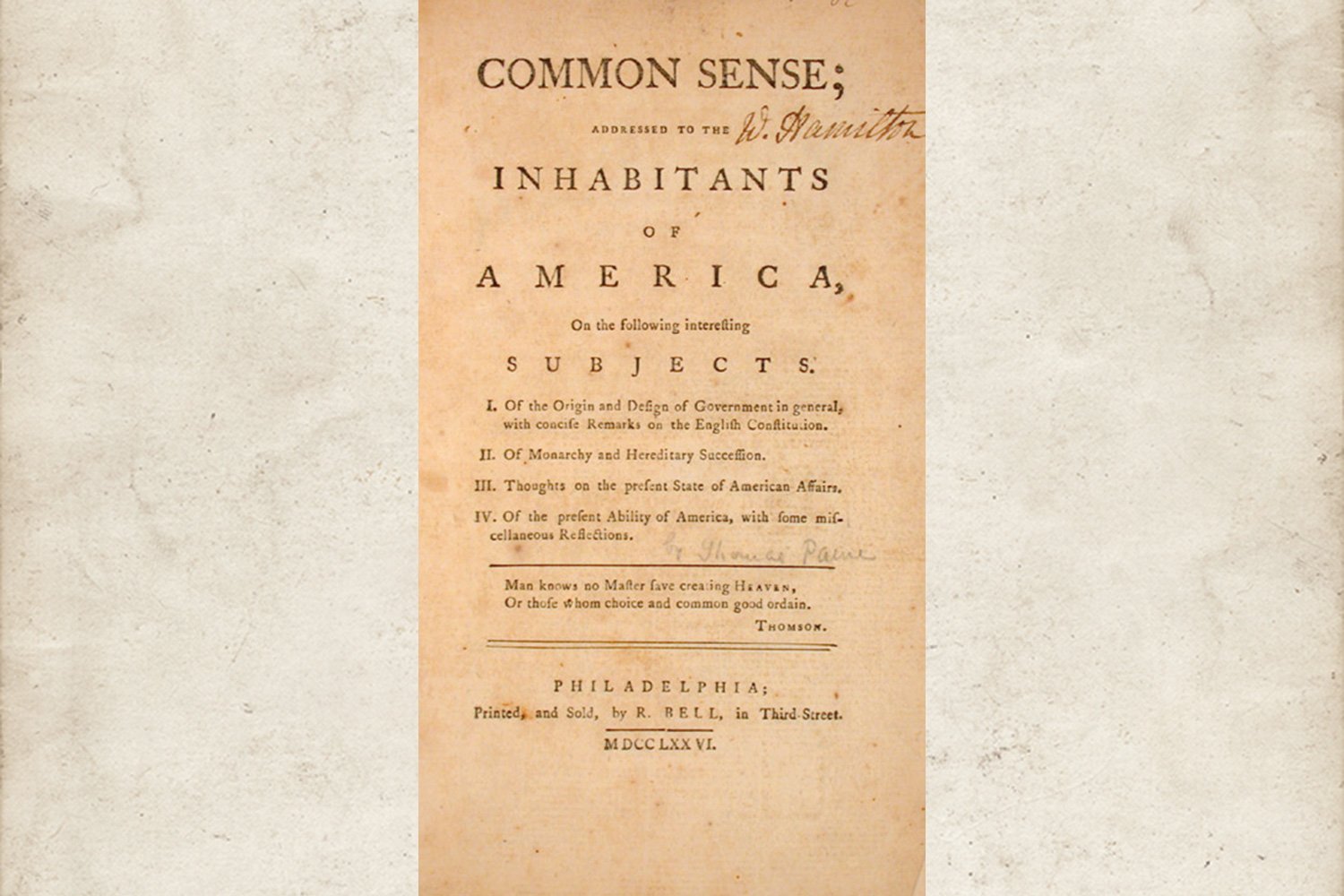
Thomas Paine’s Common Sense Inspires a Nation
The literary work most often credited with inspiring the American Revolution was a 47-page pamphlet called Common Sense. Published on January 10, 1776, and written by Thomas Paine, a recent immigrant from England, it caused everyday Americans to begin seriously thinking about an independent United States.




